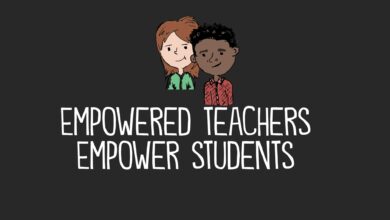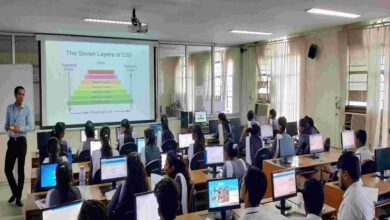Creating Engaging Lesson Plans

Introduction
Creating engaging lesson plans is essential for capturing students’ attention, fostering curiosity, and promoting active participation in the learning process. Well-designed lesson plans not only facilitate the delivery of content but also inspire students to explore, inquire, and discover new knowledge. In this blog post, we’ll explore practical tips and strategies for creating engaging lesson plans that captivate students’ interest and promote meaningful learning experiences.
Clear Learning Objectives
Begin by clearly articulating the learning objectives for the lesson. What do you want students to know, understand, and be able to do by the end of the lesson? Align learning objectives with curriculum standards and academic goals, ensuring they are specific, measurable, achievable, relevant, and time-bound (SMART). Communicate learning objectives to students at the beginning of the lesson to provide context and purpose for their learning.
Interactive Opening Activities
Capture students’ attention and pique their curiosity with interactive opening activities that activate prior knowledge and set the stage for learning. Use engaging hooks, such as thought-provoking questions, multimedia presentations, real-world scenarios, or hands-on demonstrations, to spark interest and stimulate inquiry. Encourage students to make connections to their own lives and experiences to enhance relevance and engagement.
Varied Instructional Strategies
Incorporate a variety of instructional strategies and teaching methods to accommodate diverse learning styles and preferences. Mix and match activities such as direct instruction, guided practice, independent practice, group discussions, cooperative learning tasks, project-based learning activities, and interactive multimedia presentations to keep students engaged and actively involved in the learning process. Adapt instructional strategies to meet the needs and interests of individual students and promote deeper understanding and retention of content.
Differentiated Activities and Assessments
Differentiate activities and assessments to cater to the diverse needs, interests, and abilities of students in the classroom. Offer choice and autonomy in selecting tasks and assignments, allowing students to demonstrate their understanding and mastery of content in ways that resonate with them. Provide scaffolding and support for struggling students, as well as enrichment opportunities for advanced learners, to ensure all students are appropriately challenged and supported.
Authentic Learning Experiences
Create authentic learning experiences that connect classroom learning to real-world contexts and applications. Incorporate hands-on activities, problem-solving tasks, simulations, role-playing scenarios, and authentic assessments that mirror the challenges and complexities of the real world. Encourage students to apply their knowledge and skills to solve meaningful problems, make informed decisions, and contribute positively to their communities.
Formative Assessment and Feedback
Use formative assessment techniques to monitor student progress, assess understanding, and provide timely feedback for improvement. Incorporate informal assessments such as quizzes, exit tickets, think-pair-share activities, and peer evaluations throughout the lesson to gauge student learning and adjust instruction as needed. Offer specific, actionable feedback that acknowledges students’ strengths and provides guidance for areas of growth, fostering a culture of continuous improvement and self-reflection.
Closure and Reflection
Conclude the lesson with a meaningful closure activity that reinforces key concepts, provides closure, and promotes reflection. Summarize the main ideas and learning objectives of the lesson, allowing students to reflect on their learning and make connections to their own lives and experiences. Encourage students to ask questions, share insights, and express their thoughts and feelings about the lesson content, fostering deeper engagement and understanding.
Conclusion
Creating engaging lesson plans is essential for promoting active learning, fostering curiosity, and inspiring students to become lifelong learners. By incorporating clear learning objectives, interactive opening activities, varied instructional strategies, differentiated activities and assessments, authentic learning experiences, formative assessment and feedback, and closure and reflection activities, educators can design lessons that captivate students’ interest and promote meaningful learning experiences. By embracing creativity, flexibility, and student-centered approaches to lesson planning, educators can create dynamic learning environments where all students can thrive and succeed.












